pictures are missing
Everyday Items That Changed Dramatically Over Time
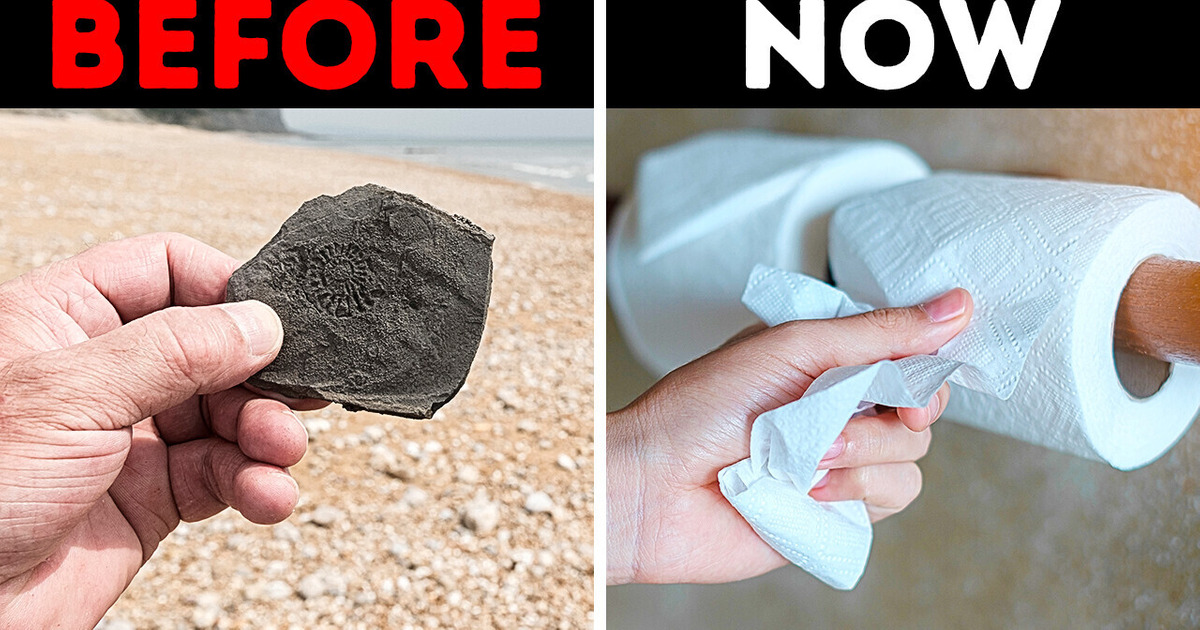
Wanna play a game? Can you count how many technical gadgets you use during your day? Don’t forget to count your router, lint remover, and every light bulb... Well? 5? 7? Maybe 15? Studies claim that the average household in the USA currently owns around 25 electronic devices. In 2019, this number was more than half lower! The modern speed of life makes it easy to forget that our everyday essentials have history. Let’s do some time travel to refresh our memory. Chances are you’ll never take your toilet paper for granted again.
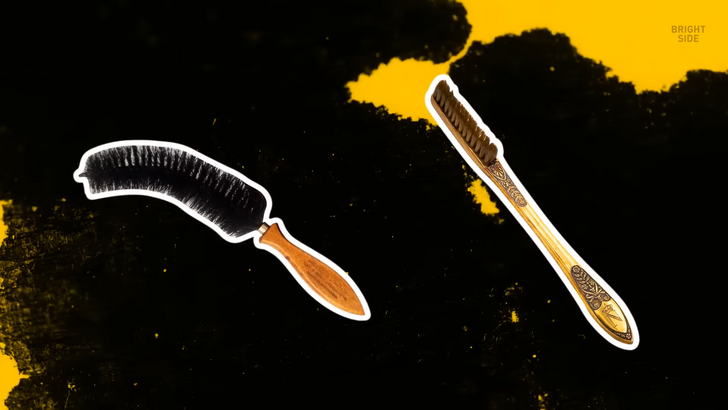
You wake up to the annoying sound of an alarm clock. This is how it looked like 1,000 years ago. Just kidding — it’s a rooster. These birds did a great job helping people wake up at dawn before an American, named Levi Hutchins, invented the first alarm clock in 1787. But his device could only ring at 4 a.m. It took humankind 60 more years to create a technology allowing us to set the alarm time manually. And around 170 more years to invent an alarm that wakes you up with your favorite aromas
And now it’s time to brush your teeth. Which toothbrush would you rather choose? The first one is actually a vintage shoe brush. So you should probably choose this sophisticated gold-plated tool. In fact, it’s a toothbrush made for Emperor Napoleon Bonaparte between 1790 and 1821. But of course, people realized that their teeth need care much earlier. Ancient Egyptians used branches with frayed ends to rub against their teeth. And the first bristle toothbrushes date back to 1498. Chinese craftsmen manufactured bristles from hog hairs. 360 years later, in 1857, American inventor H. N. Wadsworth patented the prototype of the modern toothbrush. And the first electric toothbrushes popped up in stores in 1960.
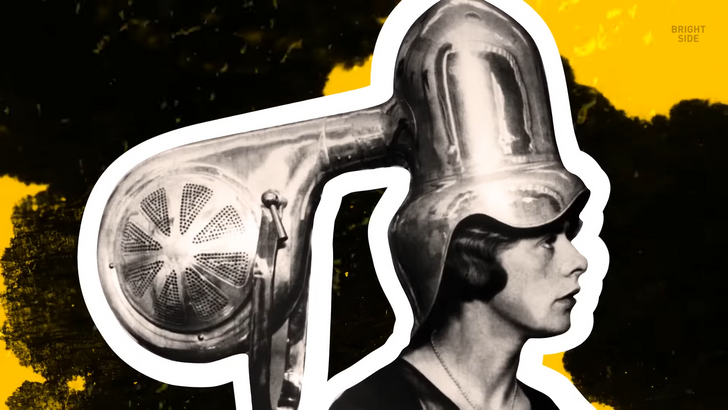
You’ve just washed your hair — time to do some styling. Would you risk putting your head inside this vintage hair dryer? A stationary hair dryer was invented in 1890 in France. Although it looks pretty claustrophobic, it was very popular in beauty salons before the era of portable hair dryers came over.
Let’s move on to the toilet. How about using a stone instead of toilet paper? In ancient times, people chose various materials to clean up, including leaves, grass, animal furs, water, seashells, and even stones. Rumour has it that ancient Greeks preferred using ceramics with their enemy’s names. And in 1857, an American, named Joseph Gayetty, first marketed the modern toilet paper. He called it simply: “Medicated Paper for the Water-Closet.” The paper was sold in packages of 500 sheets for 50 cents which is worth $17 in today’s money.
And this is what your flush toilet would look like if you lived in 1592. Sir John Harrington, godson of Elizabeth I, created this masterpiece in England. It’s basically a water closet with a raised cistern and a small downpipe through which water runs and flushes the waste.
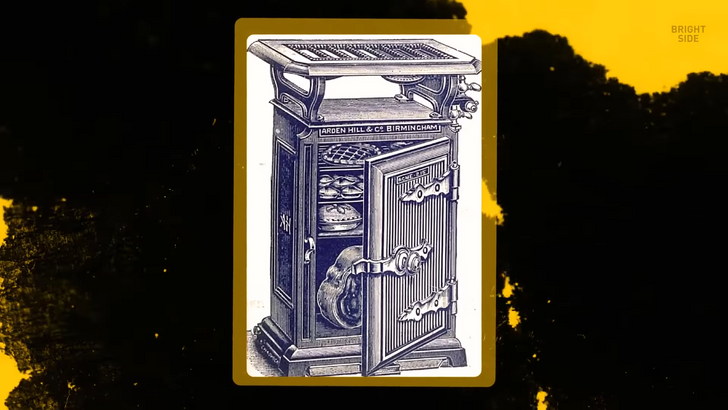
Time to cook some breakfast. These old kitchen stoves are no more than wood-burning cookstoves. But as the age of invention took place, stoves evolved to fit modern homes. Gas stoves first appeared in 1826. And in 100 years they were used in most domestic kitchens.
And now let’s boil some water to make tea. Before the 19th century, most kettles were made of iron. People placed them directly on the flame, that’s why such kettles needed constant cleaning. Mesopotamian tea lovers made their kettles from bronze and took an effort to make all these sophisticated decorations. But the first electric kettle appeared only in 1891 in the USA. It took about 12 minutes to boil water because water and the heating elements were placed in separate chambers. Luckily, the modern kettles do it in a blink of an eye.
Well now, can you guess what this device is for? Nope, it’s not a sewing machine, it’s an electric toaster! This is what it looked like in 1893 when it was first invented in Scotland. Nowadays, toasters look more aesthetically pleasing and take less space.
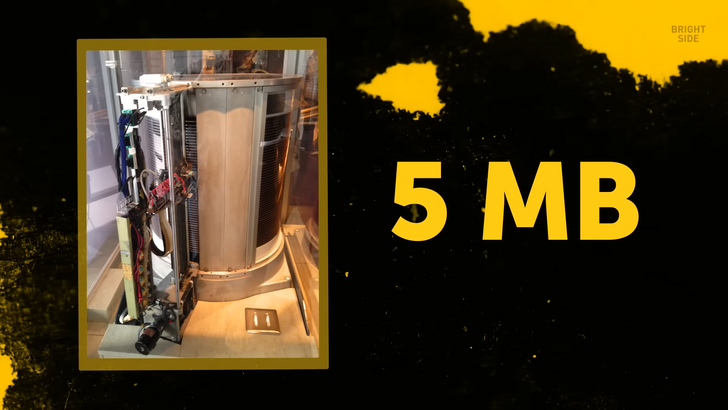
Speaking of space, the first hard disk had the size of a cupboard and its storage was only 5 MB. But today we have tiny 32 GB disks that are used in cameras and mobile phones. Just imagine how much information you could fit in a cupboard if you could fill it fully with such disks. The correct answer is — a lot.
Your friend is calling — pick up the phone. But get straight to the point — it only has about 20 minutes of battery life. This massive tool is the world’s first mobile phone made by Motorola in 1973. It weighs 2.5 pounds and costs $4,000 which is around $27,000 in today’s money.
Time to get dressed for work. Would you risk ironing your crispy white shirt with such a device? Well, people used to take that risk before inventing the first electric iron in 1882. And this cute creature is an antique gas-powered iron made at the beginning of the 20th century. Earlier, they just put coal into the iron to heat it up.
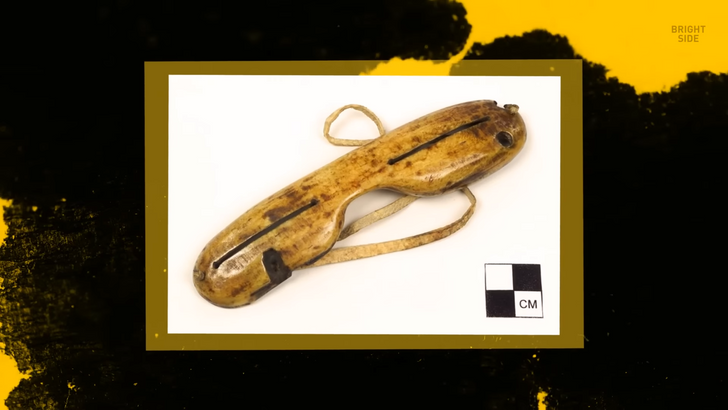
Is it too sunny outdoors? No problem — put on this stylish accessory. Snow goggles were invented centuries ago to protect eyes from snow blindness. And this simple item has eventually evolved into sunglasses that we use today to hide from UV light.
Why is everything so blurry? Did you forget to put on your contact lenses? Today over 150 million people worldwide use them on a daily basis. But the first guy to get this brilliant idea lived in the 16th century. And his name was ... Leonardo da Vinci. In 1508, he described a method of directly affecting the cornea by putting the head in a bowl of water. Or just wearing a water-filled glass hemisphere over the eyes. But it took people around 400 years to bring that idea to light.
And meanwhile, humankind used eyeglasses. The ancient ones used to have lenses made out of quartz and metal frames. Of course, their design was too heavy to be considered fashionable. But thankfully, today we enjoy a wide variety of frames in different styles and designs with glass or plastic lenses.
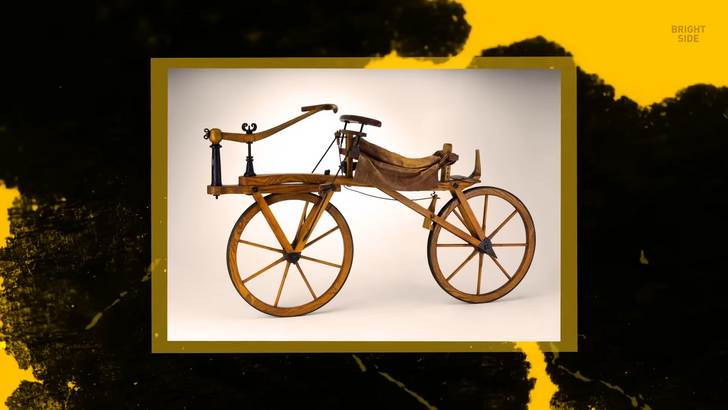
It’s time to hit the road. Would you mind riding this bike? That’s right, it doesn’t have any pedals. First bicycles didn’t have a saddle, a braking mechanism, or pedals. That’s why people simply called it ‘the running machine.’ Also, manufacturers offered models with a bigger front wheel for higher speeds. Thankfully, speed and comfort characteristics evolved over time, and continue to do so today.
Take a look at this amazing rainbow! We gotta take a picture immediately. Unfortunately, 40 years ago this photo would have looked something like this: no color, no clarity. It was the time when digital cameras had just appeared. They weighed 9 lbs and they could only take black and white images. But the progress is impressive! Today it takes just one click to make a high-resolution picture or video on your phone.
Finally, you arrive at the office. And... see this mysterious device. Can you recognize its purpose? It’s an old-school printer. The first printing devices appeared in the 15th century in Europe. And they were way bigger and heavier than the modern ones that we use in offices and homes.
Comments
Related Reads
A Mom Pierces Daughter’s Nose for Likes, School Is Not Happy

14 Stories That Prove Kindness Can Turn Regular People Into Heroes

I Refuse to Sacrifice My Retirement Dream for My Unemployed Son

I’m 100% Remote: I Refused My Boss’s New Rule to Work From the Office—HR Got Involved

I Refuse to Split My Stepmom’s Inheritance With My Stepsiblings, I’m Not a Charity

I Refuse to Be Exploited as a Free Babysitter on My Hard-Earned Retirement Cruise

I Tried to Be the Husband My Wife Needed — She Figured Out What I Was Actually Doing

My DIL Shut Me Out of the Family Vacation but I Didn’t Hold My Tongue

13 Family Conflicts That Sound Straight Out of a Soap Opera

10 Travelers Who Took “Breaking the Rules” Way Too Far

15+ Raw Stories About Jealousy That Can Leave You Speechless

15 Insider Stories From Cabin Crew You Might Not Hear on a Plane
